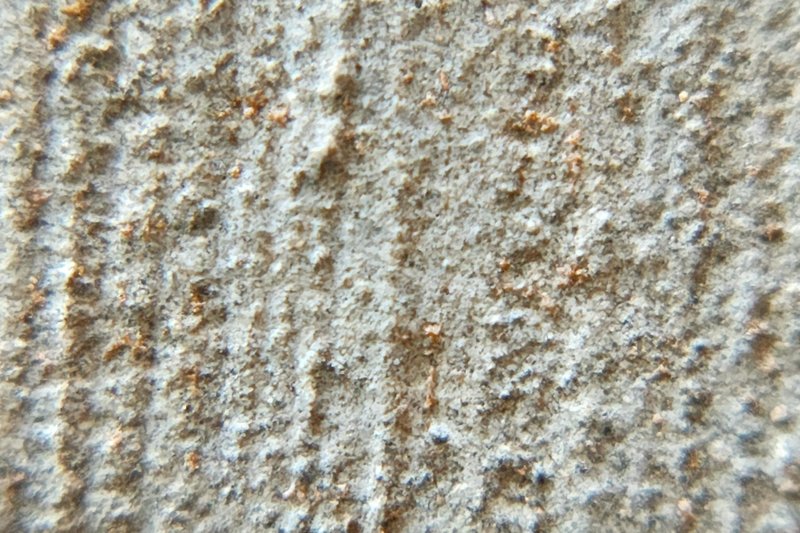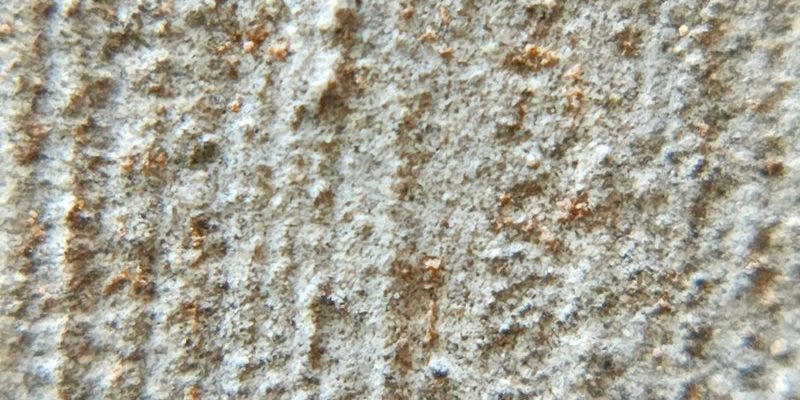
The Rough Green Snake is a true marvel of nature, with its vibrant green color and slender body making it one of the most visually captivating snakes you’ll ever encounter. Imagine a small ribbon of green weaving through foliage, blending seamlessly into its surroundings. This snake is like a living piece of art, effortlessly gliding through the branches and grasses of its habitat. If you’ve ever been curious about this enchanting creature, you’re in for a treat!
These snakes are not just beautiful; they play a vital role in their ecosystems. Found mostly in the eastern United States, the Rough Green Snake is a non-venomous species that helps keep populations of insects and other small animals in check. Understanding their behavior and lifestyle is fascinating and can unveil how much we share our planet with these often-overlooked animals. So let’s dive into the world of the Rough Green Snake and uncover the secrets that lie beneath its glossy scales!
Physical Characteristics
One of the most striking features of the Rough Green Snake is its vivid green coloration, which acts as a brilliant camouflage in lush environments. Typically, adults reach lengths of about 24 to 30 inches, with females usually being larger than males. Their skin is smooth but can have a slightly rough texture, which is why they are called “rough” green snakes. This texture can be attributed to the scale structure, which helps them blend into the vegetation more effectively.
Besides their stunning color, these snakes have large, expressive eyes that give them a curious, almost intelligent look. Their eyes are perfectly adapted for spotting movement, allowing them to hunt insects while remaining almost invisible to predators. The body is slender and elongated, which helps them navigate through branches and grass with ease. You might notice that when they feel threatened, they can flatten their bodies to appear even slimmer, making it difficult for predators to catch them.
Habitat and Distribution
The Rough Green Snake thrives primarily in the southeastern and eastern regions of the United States, from Florida all the way up to parts of New York. They are often found in wooded areas, grasslands, and even suburban backyards—basically anywhere there is ample vegetation. They prefer habitats that are rich in plants because this provides them with both food and shelter.
These snakes are arboreal, which means they love to climb. They often hang out in shrubs and trees, hunting for insects and basking in the sun to regulate their body temperature. In the wild, they are frequently spotted gliding effortlessly through branches or basking on sunny leaves. If you’re ever hiking in their range, keep your eyes peeled; you might just catch a glimpse of their vibrant hides amid the greens and browns of nature!
Diet and Feeding Habits
The diet of a Rough Green Snake mainly consists of small insects such as crickets, grasshoppers, and caterpillars. They’re particularly fond of anything that flutters about, proving their hunting skills are quite impressive. With their keen eyesight and quick reflexes, these snakes capture their prey with a swift strike, employing their agility to their advantage.
What’s fascinating is how they hunt. Unlike many other snakes that swallow larger prey whole, the Rough Green Snake uses its lightweight body to maneuver through grass and brush, creating an effective hunting strategy. Once they spot their target, they can strike with remarkable accuracy, thanks to their sharp senses and fantastic depth perception. This ability also helps them avoid becoming meals themselves, as they can quickly escape into the foliage if a predator approaches.
Breeding and Lifespan
The breeding season for the Rough Green Snake typically occurs in the spring. Males become quite active during this time, engaging in elaborate courtship displays to attract females. After mating, females will lay anywhere from 3 to 20 eggs, usually in secluded spots like under rocks or in rotting logs. Incubation lasts about two months, after which the young snakes emerge fully formed and ready to venture out on their own.
The lifespan of these snakes in the wild averages around 5 to 10 years, depending on environmental factors such as food availability and predation risks. In captivity, with proper care, they can live longer, sometimes reaching up to 15 years. This longevity allows enthusiasts to enjoy their beauty and charming personalities for many years. Overall, the natural lifecycle of the Rough Green Snake is a remarkable journey that showcases the wonders of nature’s design.
Conservation Status
The Rough Green Snake is currently listed as a species of “Least Concern” by the IUCN, meaning they are not facing immediate threats. However, like many wildlife species, they can be vulnerable to habitat loss due to urban development, agriculture, and climate change. It’s crucial to maintain their habitats and promote awareness about the ecological roles these snakes play.
In some areas, their populations have been affected by pesticide use, which diminishes their food supply and can lead to toxic exposure. Conservation efforts aimed at preserving their natural habitats and reducing pesticide use can greatly benefit these snakes. By fostering an appreciation for the Rough Green Snake and its role in the ecosystem, we can ensure future generations will also have the opportunity to admire this extraordinary creature.
Interesting Facts
| Common Name: | Rough Green Snake |
| Scientific Name: | Opheodrys aestivus |
| Length: | 24 to 30 inches |
| Diet: | Insects (crickets, caterpillars) |
| Habitat: | Woodlands, grasslands, suburban areas |
| Reproduction: | Eggs (3 to 20 eggs per clutch) |
| Life Span: | 5 to 10 years in the wild; up to 15 years in captivity |
How to Spot a Rough Green Snake
If you’re eager to catch a glimpse of a Rough Green Snake, keep an eye out for their distinct color. They almost glow against the backdrop of leaves and branches, making them easier to spot in natural settings. You’ll often find them basking on tree branches or slithering quietly along the ground in search of food. They are most active during the day and prefer warm temperatures, making them a great subject for daytime nature walks.
It’s important to approach them with care. Instead of trying to catch or disturb them, simply enjoy watching them in their natural habitat. If you’re in an area where they are known to live, you might see them in gardens or parks as they hunt for insects. Just remember to respect their space and let them do their thing. These fascinating creatures offer a beautiful glimpse into the wonders of wildlife.
Safety and Interaction
The Rough Green Snake is non-venomous, which makes it relatively safe to interact with compared to some other snake species. However, it’s essential to remember that all wild animals, including these snakes, can feel threatened. If you encounter one, it’s best to observe from a distance rather than trying to touch or handle it. They can become stressed easily, which can harm both them and you.
If you have a garden or outdoor space and want to attract these beautiful snakes, creating a more welcoming environment can help. Providing ample cover through native plants and avoiding harmful pesticides can encourage these snakes to visit and thrive in your area. Just imagine—having a beautiful, living piece of nature right in your backyard!
FAQ
What do Rough Green Snakes eat?
Rough Green Snakes primarily feast on insects, their diet often consisting of crickets, grasshoppers, and caterpillars. They are skilled hunters, using their keen eyesight to spot movement and then quickly capturing their prey. This diet not only provides them with the necessary nutrients but also helps control insect populations in their habitats.
Are Rough Green Snakes dangerous to humans?
No, Rough Green Snakes are non-venomous and pose no threat to humans. Despite their fearful reputation, these snakes would rather escape than confront a person. They are generally considered harmless and are more likely to flee when approached.
Where can I find Rough Green Snakes?
You can find Rough Green Snakes mainly in the eastern and southeastern United States, in habitats rich with vegetation, such as forests, grasslands, and suburban areas. They thrive in environments that offer plenty of cover for hunting and basking.
How do Rough Green Snakes reproduce?
During the breeding season, which takes place in spring, males engage in courtship displays to attract females. After mating, females typically lay about 3 to 20 eggs in secluded spots. The young snakes emerge fully formed after about two months of incubation.
What is the typical lifespan of a Rough Green Snake?
In the wild, Rough Green Snakes typically live between 5 to 10 years. However, with proper care in captivity, they can live longer, sometimes reaching up to 15 years. Their lifespan can vary based on environmental conditions and threats from predators.
Do Rough Green Snakes climb trees?
Yes, Rough Green Snakes are excellent climbers. Their slender bodies and strong muscles allow them to navigate through trees and shrubs effortlessly. They often climb to hunt for insects and bask in sunlight, making them quite agile in their habitat.
How can I help protect Rough Green Snakes?
Protecting Rough Green Snakes involves conserving their natural habitats. You can help by planting native vegetation in your garden, avoiding pesticide use, and supporting local conservation efforts. Educating others about the importance of these snakes can also promote a better understanding and appreciation of wildlife.
Can Rough Green Snakes be kept as pets?
While it’s possible to keep Rough Green Snakes as pets, they require specific care and a suitable environment to thrive. It’s important to research their needs thoroughly and ensure you’re well-prepared to meet those needs before considering one as a pet. They are best suited for experienced snake keepers who can provide the right care.
What colors are Rough Green Snakes?
Rough Green Snakes are predominantly a vibrant green color, which helps them blend in with their surroundings. Some individuals may also display a slight blue or yellow hue, but the bright green is what usually stands out the most. This coloration is essential for their camouflage, especially while they hunt.
Are Rough Green Snakes social creatures?
Rough Green Snakes are generally solitary animals. They typically don’t socialize with other snakes, except during mating season. They prefer to keep to themselves and only come together for reproduction. This solitary nature allows them to have their space while navigating their habitats.

